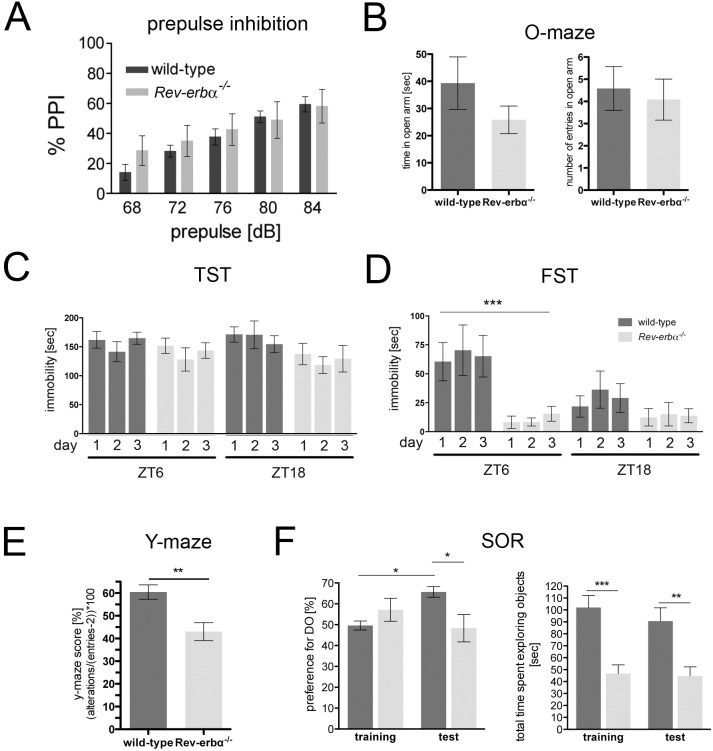Figure 4. Mood-related behavior and hippocampus-dependent cognitive performance is altered in Rev-erbα−/− mice.
(A) Mice were subjected to prepulse inhibition (PPI) during the light phase. Startle response after a prepulse at 68, 72, 76, 80 and 84 dB, followed by a pulse at 120 dB represented as percentage of PPI with 100% as the first absolute startle values. Wild-type and Rev-erbα−/− mice display a comparable amount of PPI, which is a measure related to schizophrenia (mean ± SEM, n = 6). (B) Mice were tested at ZT0-2 in the anxiety related elevated O-maze test and no significant differences between the two genotypes were observed (mean ± SEM, n = 12, 2-way ANOVA). (C) Mice were subjected to the tail suspension test (TST) at ZT6 and ZT18. No differences between the genotypes could be observed (mean ± SEM, n = 6, 2-way ANOVA). (D) Mice were subjected to the forced swim test (FST) at ZT6 and ZT18 for 3 consecutive days. Rev-erbα−/− mice were significantly less immobile compared to wild-type animals at ZT6 (mean ± SEM, n = 10, ***p<0.001, 2-way ANOVA). (E) Short term spatial memory was assessed between ZT4-6 using the Y-maze test (mean ± SEM, Student's t-test, **p<0.01, n = 12). (F) Long term spatial memory was assessed between ZT4-6 using the spatial object recognition test (SOR). The left panel shows the preference for the displaced object (DO) ± SEM (2-way ANOVA, p<0.05, n = 10). The right panel shows the total time exploring objects in general (mean ± SEM, 2-way ANOVA, **p<0.01, ***p<0.001, n = 10).

